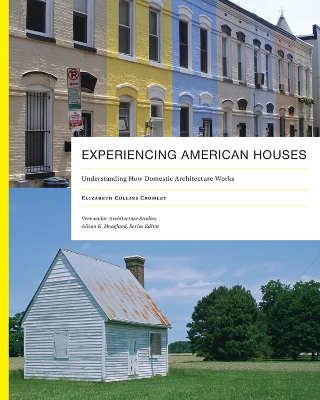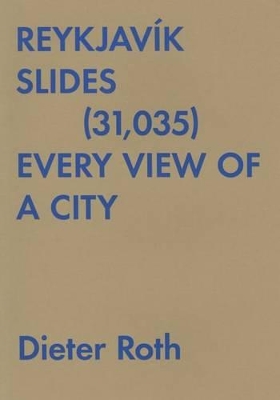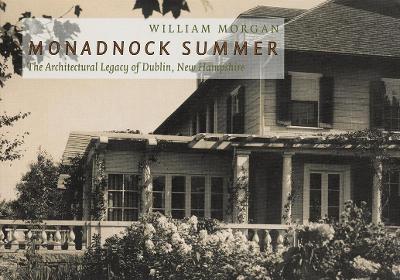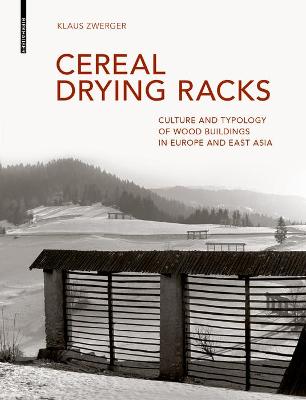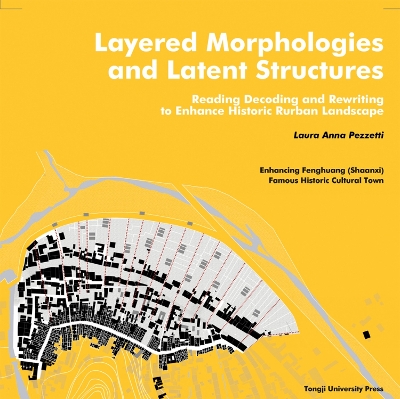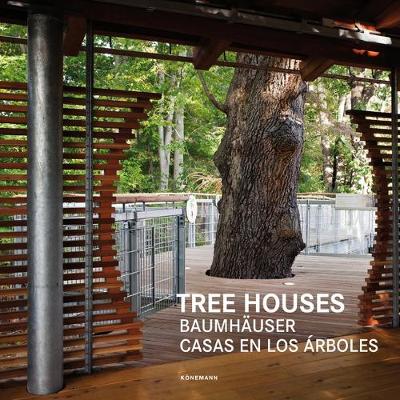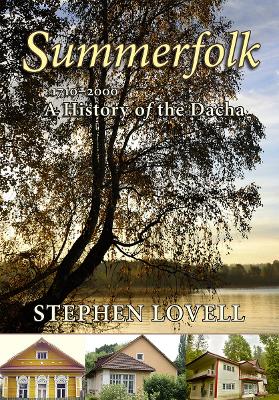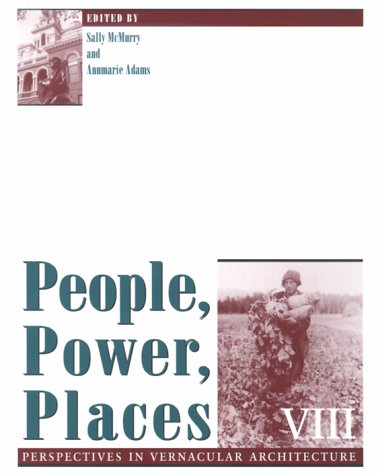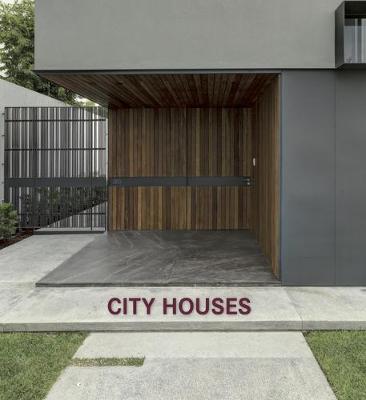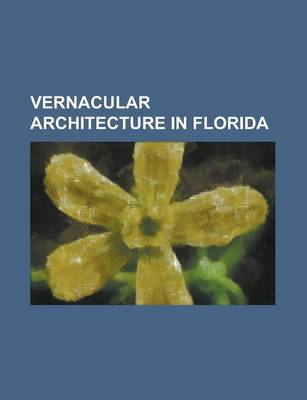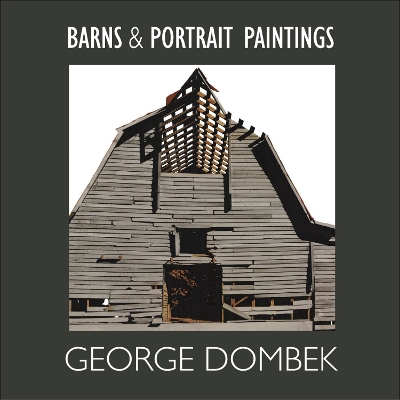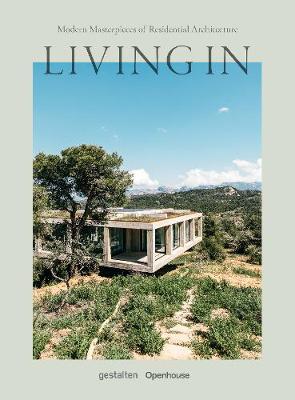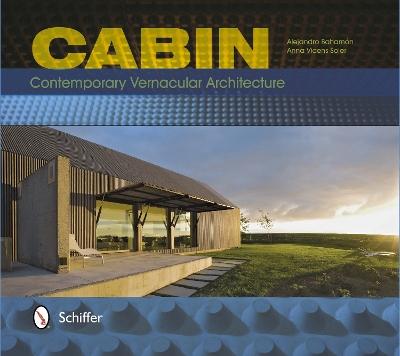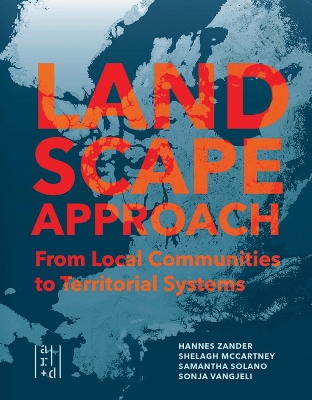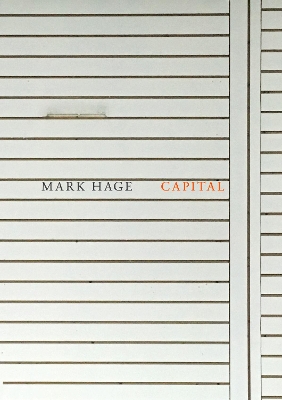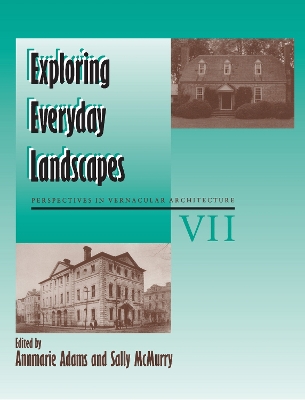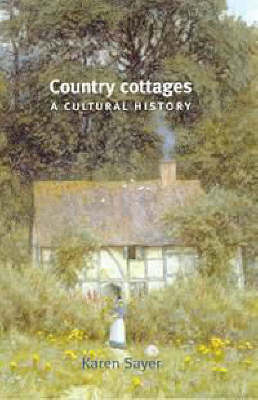A well-illustrated, holistic overview of how American domestic spaces have changed over four hundred years, Experiencing American Houses encourages readers to think creatively about houses in terms of their function as opposed to their appearance. This captivating volume helps the reader step into the lived experience of the evolving American house: understanding, for example, why a nineteenth-century dining room might include a bed or why the kitchen as we know it did not evolve until the turn...
A fascinating look into a special corner of New England summer home architecture: the many styles of homes in Dublin, New Hampshire.The small, high, mountain town of Dublin, New Hampshire was known as an artistic and literary retreat in the last quarter of the nineteenth century. Less well known, but equally fascinating, is Dublin's claim as home to just about every architectural style and several major domestic architects of the late nineteenth and early twentieth century. On its slopes, overlo...
Following his seminal book Wood and Wood Joints, an essential reference on solid timber constructions for more than two decades, now in its third edition, Klaus Zwerger presents a study of the cultural history, construction and typology of a special building type: cereal drying racks. These structures were used to dry harvested crops in agrarian cultures all over the world and evolved over the centuries into buildings of great beauty that are as sophisticated and individual as they are functiona...
The concept of Layered Morphologies is a theoretical and methodological approach that investigates the coevolutionary nature of architecture and settlements, to propose an organic and integrated approach to their reading, protection and design enhancement. Transcending some usual spatial ontologies and operating across interdisciplinary fields, it promotes a renewed notion of built heritage as historicised architecture, and landscape as a structure of structures, where any act of modification...
Tree Houses (Contemporary Architecture & Interiors)
by Claudia Martinez Alonso
Whether hotel, playhouse, workplace, or retreat in the tree, everything is possible. This title presents a large selection of tree houses that--in addition to traditional tree house form--also use modern architectural language.
The dacha is a sometimes beloved, sometimes scorned Russian dwelling. Alexander Pushkin summered in one; Joseph Stalin lived in one for the last twenty years of his life; and contemporary Russian families still escape the city to spend time in them. Stephen Lovell's generously illustrated book is the first social and cultural history of the dacha. Lovell traces the dwelling's origins as a villa for the court elite in the early eighteenth century through its nineteenth-century role as the emblem...
Buildings & Landscapes 22.2 (Buildings and Landscapes)
City Houses (Contemporary Architecture & Interiors)
by Claudia Martinez Alonso
City Houses presents in more than 450 images the wide variety of houses possible in an urban setting.
Arkansas artist George Dombek’s fascination with barns began in 1970s Florida, where he captured the geometry of sun and shadow on deteriorating tobacco barns, and he has returned to the subject often in the decades since. For this most recent series, Dombek traveled over a three-year period to remote pastures in all seventy-five Arkansas counties. The barns he found were perhaps unremarkable in themselves—they are, after all ubiquitous and utilitarian objects—but Dombek’s interpretations reveal...
Indonesian Houses (Verhandelingen Van Het Koninklijk Instituut Voor Taal-, Land)
The cabin is undoubtedly one of the most widely reproduced housing structures due to its simplicity and flexibility. This building played a crucial role in the formation of American culture and was the practical, snug dwelling choice for settling new lands. Travel back to the colonial era when Germans and Scandinavians developed the first log cabins. Read about how quickly the idea evolved and spread across the continent and, eventually, the planet. Bahamon analyzes the form, materials, and buil...
Bringing together scholarship in diverse fields - including architecture, geography, folklore, anthropology, and urban studies - the seventeen essays in this volume confirm the transformations now occurring in the study of vernacular architecture. Moving away from a single vision of vernacular architecture that consisted only of "old, rural, handmade structures built in traditional forms and materials for everyday use, " scholars are exploring a wider variety of forms and landscapes - from compa...
Roses around the door and thatched roofs? The country cottage was, and still is, an icon that has carried multiple, often opposing, meanings, which have in turn shaped the way that rural housing has been designed, built and sold over a number of years. This book is a thematic, social and cultural history of the country cottage as labourer's home, as gendered space, as "beau idyll", and as an icon of Englishness. Karen Sayer examines the wider issues raised by the countryside as site of nature an...
This book tells the story of the architects and buildings that have defined Australia's architectural culture since the founding of the modern nation through Federation in 1901. That year marked the beginning of a search for city forms and better buildings to accommodate the realities of Australian life and to express an emerging distinctive and, eventually, confident Australian identity. While Sydney and Melbourne were the settings for many of the major buildings, all states and territories dev...

